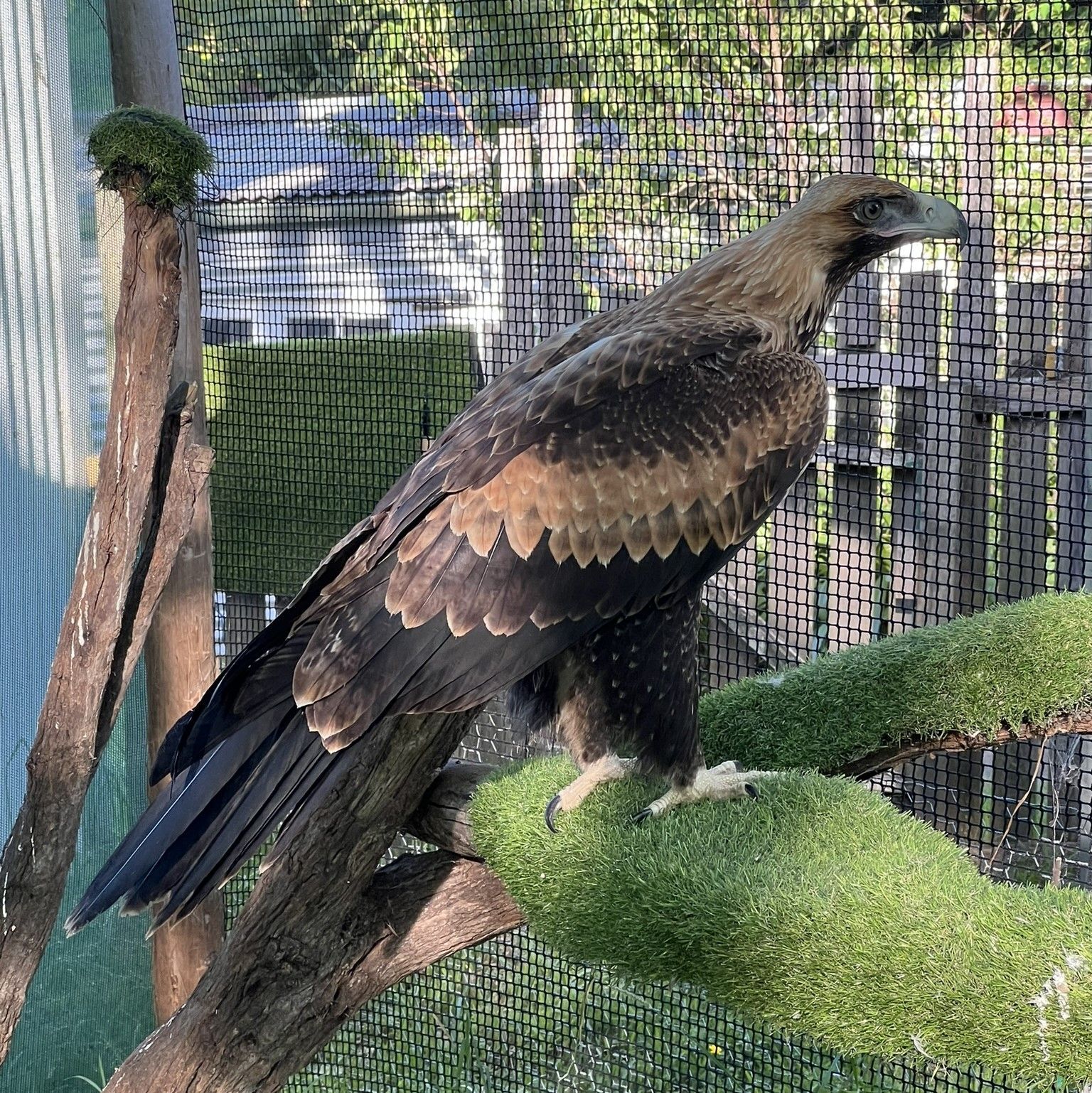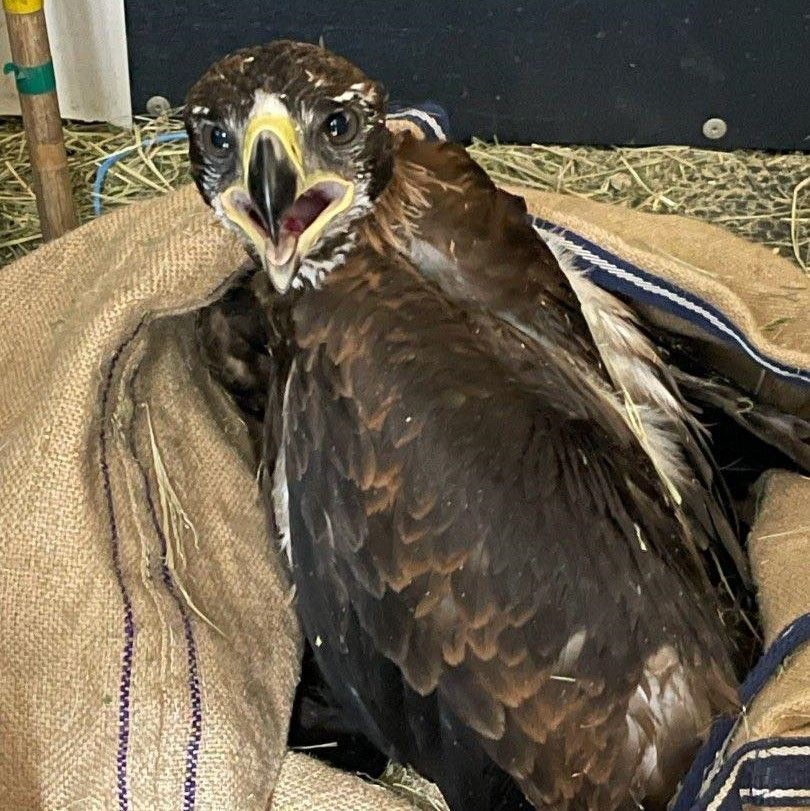AUSTRALIAN RAPTOR CARE
AND CONSERVATION INC.
Photographer: Angus Newey
Tracking
Tracking
Why satellite tracking?
One of the major knowledge gaps in the Australian rehab landscape is the lack of data on the survival of birds after release. Rehabilitation of raptors is a very specialised field, and requires unique equipment, skills, facilities and resources. Many birds are rehabilitated and released, however post-release survival rates are not evaluated, and as such, the efficacy of rehabilitation techniques are not known. There is no way of justifying particular rehabilitation practices unless the survival or success of released birds is known. Monitoring birds after release is the best way to ‘close the loop’ on the rehabilitation process.
There is scant information on the success of rehabilitated raptors in Australia, and historically many rehabilitation practices have not been evidence-based. Research questions around raptor rehabilitation revolve around survivability after time in captivity, dispersal and range, and how available rehabilitation resources can best be allocated to maximise post-release survival.
To answer these questions, Australian Raptor Care and Conservation, Inc. implemented a research project using satellite telemetry to follow the movements of rehabilitated raptors after their release to the wild, collecting data on mortality rates, home range and space use, and information on dispersal and ranging parameters. The current project is based on a proof-of-concept study conducted by ARCC Inc. between 2016-2018, using an earlier version of the current tracking system and data acquisition platform. The findings of ongoing tracking projects are reported to ecologists, ornithologists, wildlife veterinarians and rehabilitators who are involved with native raptor species, and who would benefit from this information.
Tracking a variety of species over time allows the identification of particular areas or natural resources of great value to a certain species. These areas may be important to birds due to their elevation, proximity to food sources or secure roosting places, and can be targeted for conservation as a valuable species-specific resource. Considering that numerous native raptor species are threatened, it is important to ensure that continually evolving rehabilitation practices result in birds that survive and contribute to the future breeding population.
We are the first group to study the movements of birds of prey after release from human care, and the initial studies have already provided extensive information about the behaviour of wedge-tailed and white-bellied sea eagles, the effect of human intervention on the dispersal of juvenile eagles, and the success of particular rehabilitation methods and practices.
We are actively engaged with licensed raptor rehabilitation groups to provide tail-mounted, solar-powered satellite trackers, for birds under their care at the time of release back to the wild. ARCC Inc. reviews the health of the bird, suitability for release (including full clinical assessment), selects and attaches a tracking device of appropriate size, and monitors the bird throughout the post-release period (up to 12 months), reporting findings back to NPWS, rehabilitation groups, and to the scientific community though peer-reviewed publication and conference presentation.
ARCC Inc. holds scientific and ethics approvals to perform these studies in NSW from the State Government, and funded the initial purchase of trackers and satellite fees from research grants and individual donations.
Each tracked bird will have a profile page here on this website, to enable wildlife groups to connect with their bird, and supporters can contribute to individualised fundraising. Supporters will be able to follow the birds’ progress after release with updates on movements and behaviours, increasing engagement with the project.
If you have a bird that you are interested in monitoring after release, please get in contact to discuss further.



